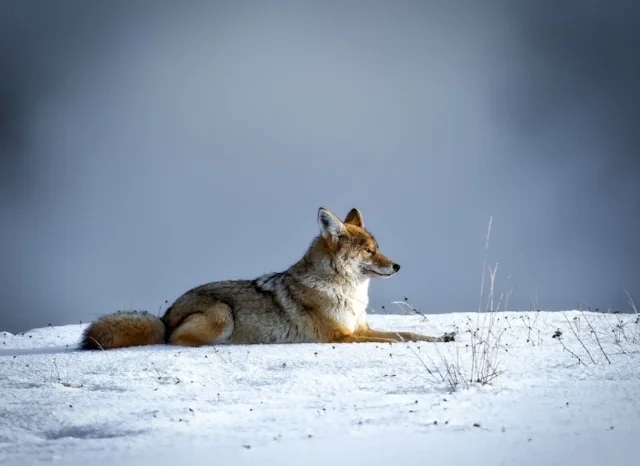Carnivore Coexistence (Leopold's Wise Words - Part 1)
Carnivores are critically important to the balance of an ecosystem. They keep prey populations in check, ensuring that rodents, deer, rabbits, and other herbivores don’t overpopulate. When predators are absent or their numbers greatly reduced, herbivores can dominate a natural community, leading to a decline in the abundance and diversity of plants, which means fewer flowers for pollinators (also keystone species), and so on.
Dead and Dying Trees are Key to Life
A Top Threat to Biodiversity: Invasive Plants
Plants are the basis for terrestrial habitats that support our wildlife. To conserve wildlife, we must first conserve native plants. Non-native plants don't serve a functional ecological role in our landscapes and have minimal wildlife value, in general. In fact, invasive non-native plants negatively impact wildlife habitat in a variety of ways, some of which we are just now beginning to understand.
Beechnuts - Superfood for Bears & Other Wildlife
Baby Bats Need Love Too
These furry, winged mammals have been the subject of so much mythology, lore, and horror stories – it’s hard to know where to begin. For starters, there’s the old-wives’ tale that bats often get tangled up in long hair (simply untrue), and let’s not forget the widely held belief that most bats have rabies and will attack. Like other wild animals, bats can contract rabies but less than ½ of 1% of bats actually have the disease. It is rare to be bitten by a bat because they are shy and avoid people, biting only in self-defense if handled.








